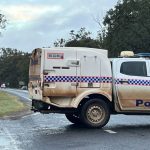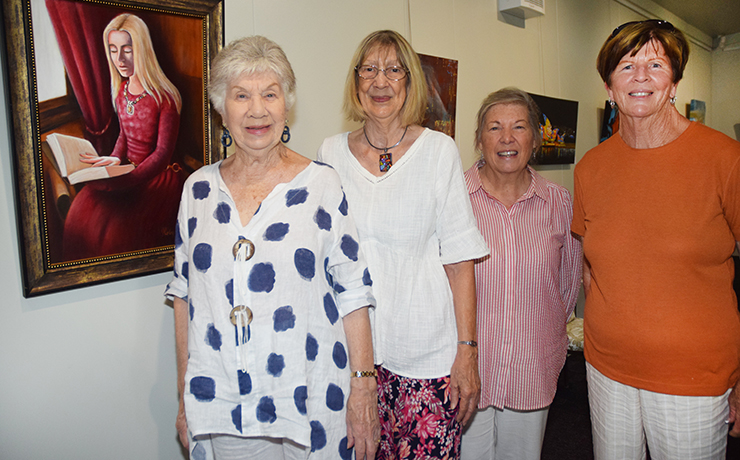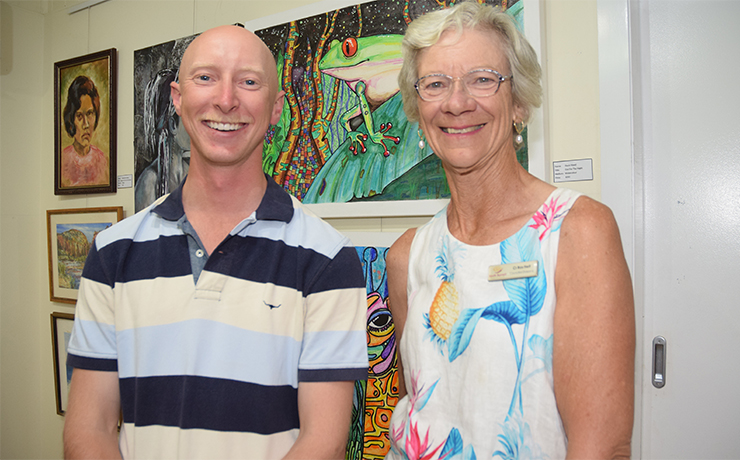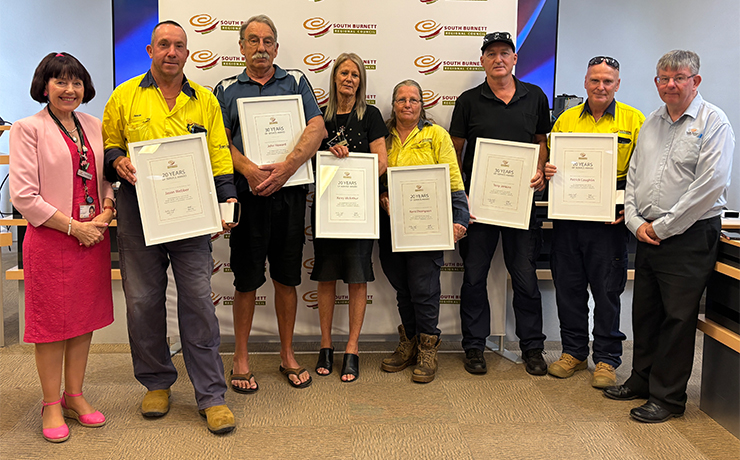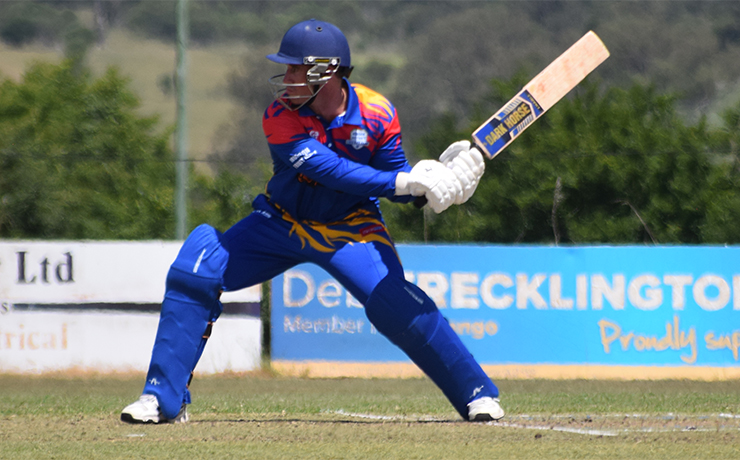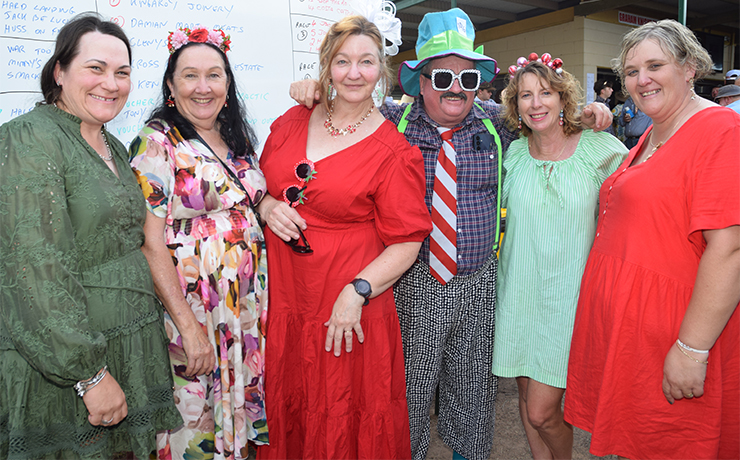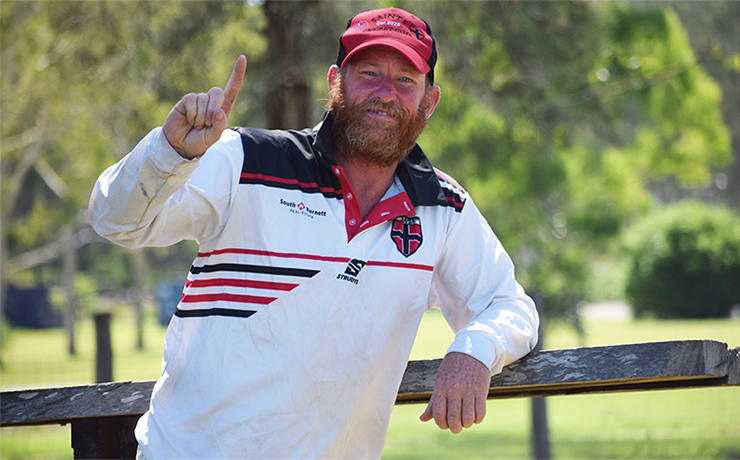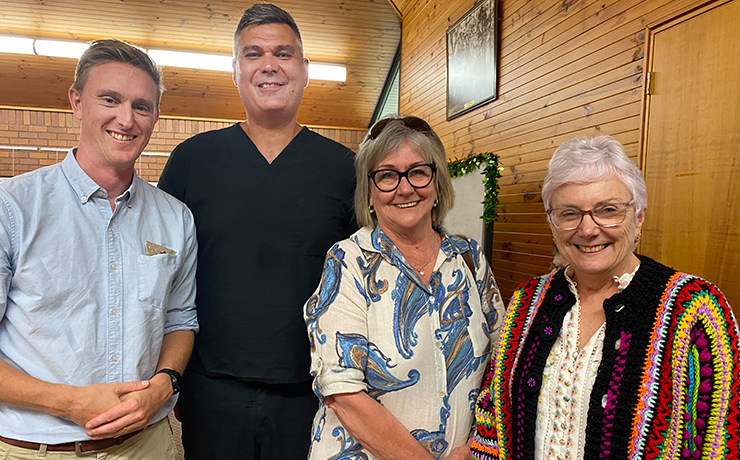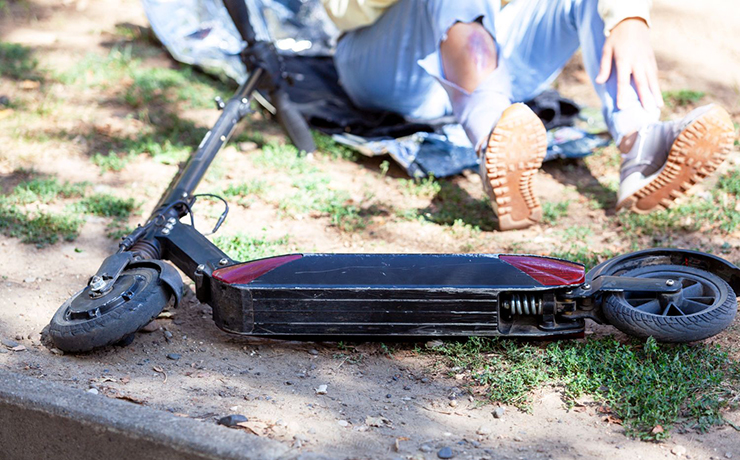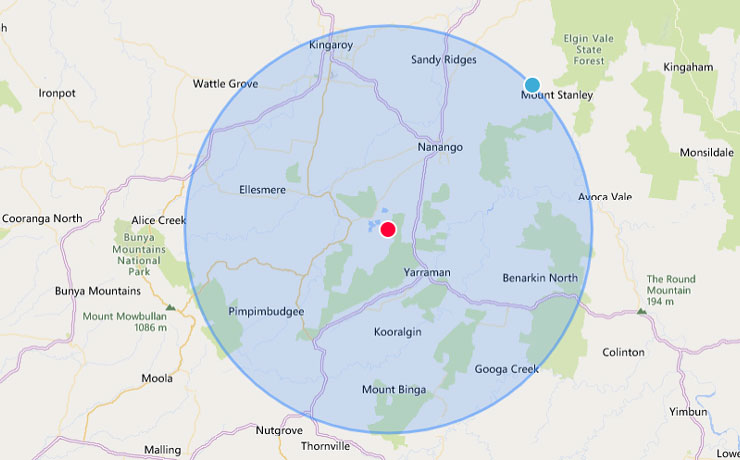
 June 21, 2024
June 21, 2024
June 21, 2024
by Dafyd Martindale
Nuclear power stations are very safe … until they aren’t.
Our Federal politicians have assured us that nuclear power is the “zero-emission clean energy source” Australia needs.
I am sure the residents around the Fukushima and Chernobyl power plants were told something similar.
Sadly, they lost their homes and livelihoods – and had their lives threatened – when this “safe technology” failed.
Just think for a moment what would happen if an accident – however unlikely – occurred at a nuclear-powered Tarong Power Station.
It would make Kingaroy, Nanango, Yarraman and Blackbutt uninhabitable.
These towns are all located within 30km of Tarong, the size of a likely exclusion zone.
Tarong is one of seven sites of coal-fired power plants around Australia that the LNP wants to use for nuclear power generation.
Think I’m exaggerating with 30km?
The Fukushima disaster resulted in a 30km no-fly zone and a 20km ground-exclusion zone … but there were hotspots of radiation up to 60km away.
The Chernobyl explosion in 1986 resulted in a 30km exclusion zone being declared around the plant, with whole towns being forcibly evacuated.
Decades later, these exclusion zones remain in place. “Emission-free” and “clean”?
A 30km exclusion zone would be catastrophic for both the 6000-7000 residents living in the area and the government authorities tasked with handling the disaster.
Most householders would not be compensated for the loss of their properties by insurance companies, with policies issued by Australia’s major insurers containing specific language excluding coverage of nuclear disasters.
The government would be called to step in, with compensation easily running into billions of dollars, a long drawn-out and painful process likely to take many years if some recent natural disasters are any guide.
Residents living outside the exclusion zone would also be deeply affected.
Property prices around the region would plummet and transport routes would be cut, with residents forced to access the South Burnett via Chinchilla or Gympie since the D’Aguilar, New England and Burnett Highways would all be cut.
Agricultural producers outside the exclusion zone would also be unhappy to find the market for their products would either dry up overnight or become subject to years of expensive testing to see if it had become contaminated by wind-borne fallout.
Our region’s reputation for “clean, green agriculture” would go down the drain.
And our tourist trade would follow the same path, with both unlikely to recover in our lifetimes.
On Wednesday, the LNP said it would consult with communities about its proposed nuclear sites.
But the following day it admitted these consultations would have no effect on its decision to press ahead if affected communities opposed their nuclear option (or in other words, the “consultations” are really just an exercise in convincing people about their plans).
Instead, the LNP says it will seek a mandate at the upcoming Federal Election for both its nuclear policy and its declared intention of ramming these nuclear plants on to affected communities at any cost.
This will mean that millions of voters who will not be directly affected by a nuclear meltdown in their back yard will determine the fate of the South Burnett’s estimated 33,500 inhabitants.
The only two Queenslanders who have shown any real backbone in this debate so far are Member for Nanango Deb Frecklington and LNP opposition leader David Crisafulli.
They have both said that “nuclear” is not part of their plans. Good on them, although – of course – it leaves the door open for them to change their “plans” once a Federal Coalition government strips away State rights.
PS: It’s worth noting that contrary to the Federal LNPs assertion that reliance on wind and solar will lead to blackouts, Tasmania’s electricity system is running quite successfully on 100 per cent renewables and has done so since 2020. Hydro plays a big part in it, alongside wind, solar and batteries – the four essential legs of the renewables mix.
- External link: Three Myths About Renewable Energy And The Grid, Debunked
- Read more Editorial columns
Related articles:
- ‘Biggest Investment’ In South Burnett
- Nuclear ‘Would Tick Some Boxes’
- No Plans For Nuclear: LNP
- Boyce Welcomes Nuke Plan
- Reaction To Nuclear Plan
- ACTU Launches Campaign
- Tarong Named As Nuclear Site
- MP Labels Powerlines Claim ‘Myth’
- Nuclear? Wait A Bit Longer: MP
- Nuclear Too Expensive: CSIRO
- Nuclear Sites Still Under Wraps
- Nuclear? No Worries, Says MP
- MP Supports Local Nuke Discussion
- Rally Against ‘Reckless Renewables’
- MP Calls For Renewables ‘Pause’
- Nats Target ‘Reckless Renewables’
- Replace Coal With Nuclear: MP







